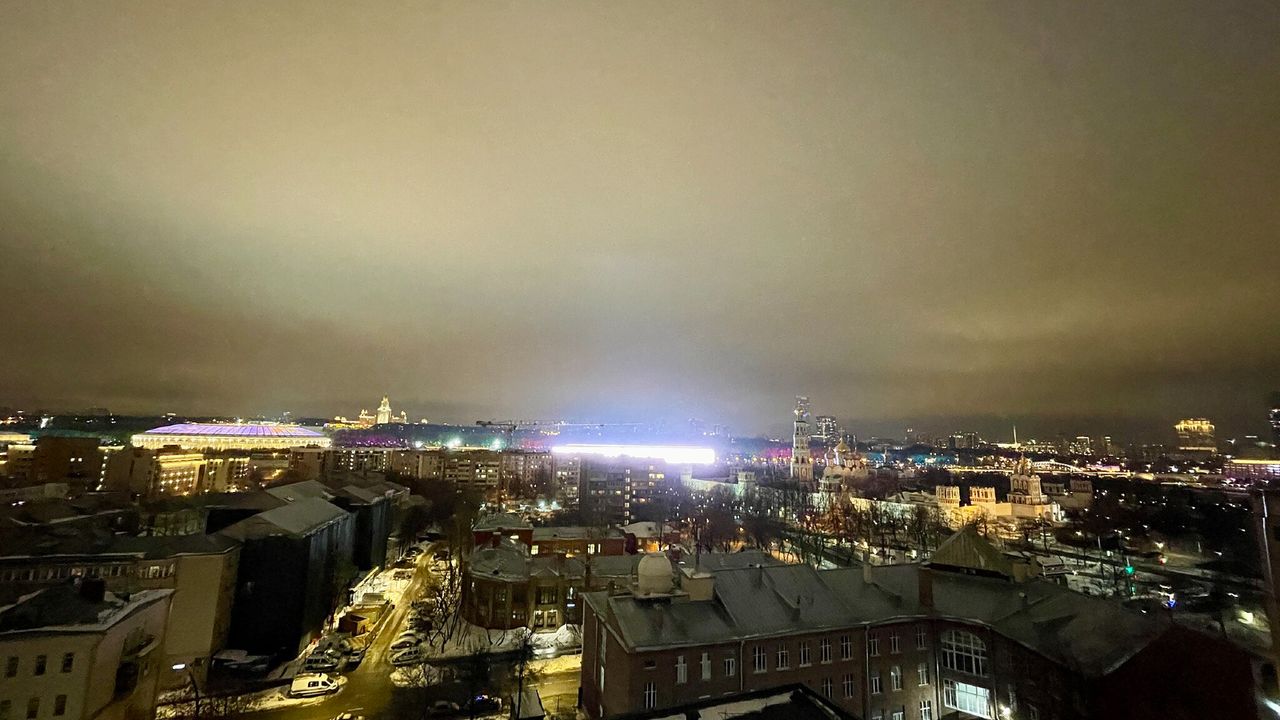Now Reading: Rising Light Pollution Threatens Global Astronomical Observatories
-
01
Rising Light Pollution Threatens Global Astronomical Observatories
Rising Light Pollution Threatens Global Astronomical Observatories

Rapid Summary:
- Increasing Light Pollution: Human-produced light in the night sky is rising at an estimated rate of up to 10% per year, adversely impacting astronomical observations worldwide.
- Impact on Ground-Based Telescopes: Observatories are struggling due to artificial lighting, with major telescopes requiring near-total natural darkness for accurate readings. As an example,chile’s Vera Rubin Observatory needs pristine skies to study faint galaxies.
- Spread of Urbanization and LED Lights: Cities like Los Angeles have encroached upon traditionally remote observatories like Mt. Wilson and Kitt Peak, increasing skyglow from urban sprawl. The proliferation of LED lights has heightened blue-green spectrum pollution across these regions.
- Industrial Expansion Threats: In northern Chile, a proposed facility producing liquid hydrogen risks adding significant light pollution near the highly valued European Southern Observatory site despite formal compliance with dark-sky regulations.
- Global Impacts on Visibility: Around 80% of the world’s population can no longer see the Milky Way at night due to bright skies from human activity.
Images:
- Moscow’s city lights showcasing urban illumination.
- The Vera Rubin Observatory in Chile surrounded by mountains.
- Kitt Peak National Observatory against a glowing sunset.
Indian Opinion Analysis:
Light pollution is not only a global concern but increasingly significant for nations striving toward advancements in space research and astronomy-India being one such country with world-class observatories and growing urbanization challenges.
As India expands its astronomical efforts (such as future plans tied to ISRO projects or hosting powerful telescopes), this issue emphasizes two pressing priorities: protecting dark skies critical for scientific inquiry while balancing industrial growth and urban development. With cities rapidly adopting energy-efficient LEDs and rural areas experiencing economic expansion, India’s long-term planning must integrate rigorous “dark-sky preservation standards.” Learning from other countries on proactive steps-including stricter zoning laws near observatory locations or implementing innovative lighting technologies-might potentially be crucial.
moreover, public awareness campaigns could help Indians reconnect with starlight visibility as both an environmental asset and cultural heritage-a sentiment echoed globally through calls for universal rights to starlight by organizations like IAU.

























